Login
Subscribegenomics

Noninherited Genetic Mutations Link to Schizophrenia
Alejandra Manjarrez, PhD | Jul 20, 2023 | 2 min read
By studying the genomes of more than 24,000 individuals, researchers discovered rare genetic mutations that may shed light on mechanisms underlying schizophrenia.

Probing “Selfish” Centromeres Unveils an Evolutionary Arms Race
Michael Lampson, PhD | Apr 3, 2023 | 10 min read
A more complete understanding of nonrandom segregation will shed light on how speciation occurs.

Modern Multiomics: Why, How, and Where to Next?
The Scientist’s Creative Services Team and Illumina | 4 min read
A conversation with Illumina Distinguished Scientist and Vice President Gary Schroth about the present and future of multiomic technology and applications
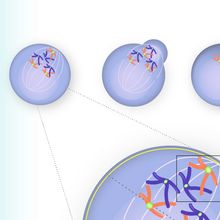
Infographic: How “Selfish” Centromeres Alter Inheritance
Michael Lampson, PhD | Apr 3, 2023 | 2 min read
Research on so-called selfish genetic loci is providing scientists with greater insight into the biology of chromosome segregation and inheritance.
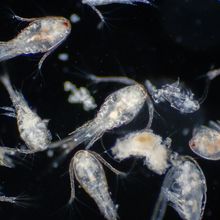
Combining Climate Stressors Leads to Unique Changes in the Genome
Jennifer Zieba, PhD | Mar 20, 2023 | 3 min read
Researchers found that copepod genomes adapt in distinct ways when simultaneously exposed to multiple environmental conditions.
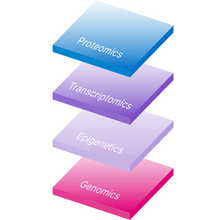
Integrate and Innovate with NGS and Multiomics
The Scientist’s Creative Services Team and Illumina | 6 min read
Researchers across disciplines combine layers of discovery obtained with accessible NGS-based multiomics approaches.

Uncovering Rare Disease Genetic Pathways with Global Biobanks
Deanna MacNeil, PhD | Mar 20, 2023 | 3 min read
Researchers discover new idiopathic pulmonary fibrosis risk factors with multi-ancestry analyses that increase representation of understudied populations.
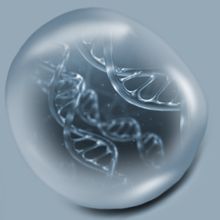
Finally, Scientists Sequence Single Cells with Long-Read Technology
Holly Barker, PhD | Mar 8, 2023 | 4 min read
By combining two innovative approaches, researchers can now sequence the full spectrum of mutational differences between individual cells’ genomes.
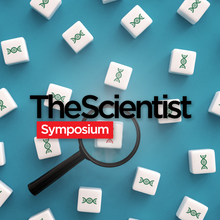
Benign or Cancerous? Differentiating Mutation Types with Machine Learning
The Scientist’s Creative Services Team | 2 min read
Scientists turn to machine learning and big data approaches for precision -omics in cancer research.
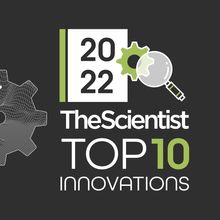
2022 Top 10 Innovations
The Scientist Staff | Dec 12, 2022 | 10+ min read
This year’s crop of winning products features many with a clinical focus and others that represent significant advances in sequencing, single-cell analysis, and more.
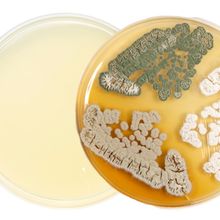
Most Archaea and Bacteria Are Nameless. SeqCode Could Change That
Dan Robitzski | Sep 27, 2022 | 8 min read
The Scientist spoke with microbiologist William Whitman about a new system of nomenclature for prokaryotic organisms that can’t be cultured.
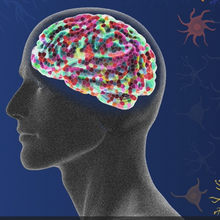
Science Summarized: The Mosaic Brain
The Scientist’s Creative Services Team | 1 min read
Mutations that accumulate as one ages contribute to various neurological disorders.
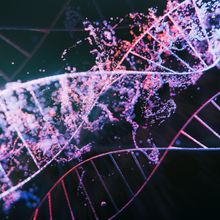
Historic Adaptations May Now Make Us Susceptible to Disease
Dan Robitzski | Sep 16, 2022 | 5 min read
Researchers made the find using an algorithm that purportedly distinguishes between mutations that were selected for and those that came along for the ride by coincidence, a feat that has long eluded scientists.
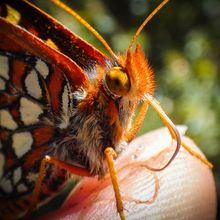
Genome Spotlight: Edith’s Checkerspot Butterfly (Euphydryas editha)
Christie Wilcox, PhD | Aug 25, 2022 | 3 min read
A high-quality genome sequence for this versatile insect will likely aid eco-evolutionary research.
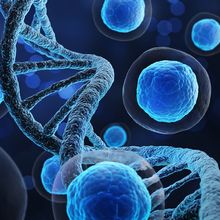
How to Improve Yield and Reproducibility in Different -Omics Applications
Covaris | 1 min read
Extracting nucleic acids and proteins gently from samples increases experimental success.

Uncovering Leprosy’s Genetic Recipe for Success
Nele Haelterman, PhD | Aug 17, 2022 | 3 min read
Researchers identify what makes certain people more likely to contract leprosy than others.

Mapping Out What Makes the Heart Tick
Nathan Ni, PhD | Jun 27, 2022 | 3 min read
A novel atlas reveals region-specific links between structural, mechanical, and genetic properties within the heart.
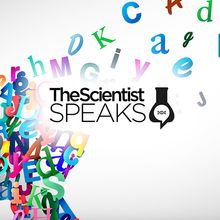
A Way with Words: Using Genomics to Dispel Stuttering Myths
The Scientist’s Creative Services Team | 1 min read
Filling in the gaps about the genetic risk factors of stuttering may help scientists shatter stigmas and discover new therapies.
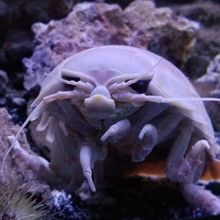
Genome Spotlight: Giant Isopod (Bathynomus jamesi)
Christie Wilcox, PhD | May 26, 2022 | 3 min read
The first high-quality genome for a marine isopod may shed light on how this group of crustaceans adapted to the deep, dark depths of the ocean.
